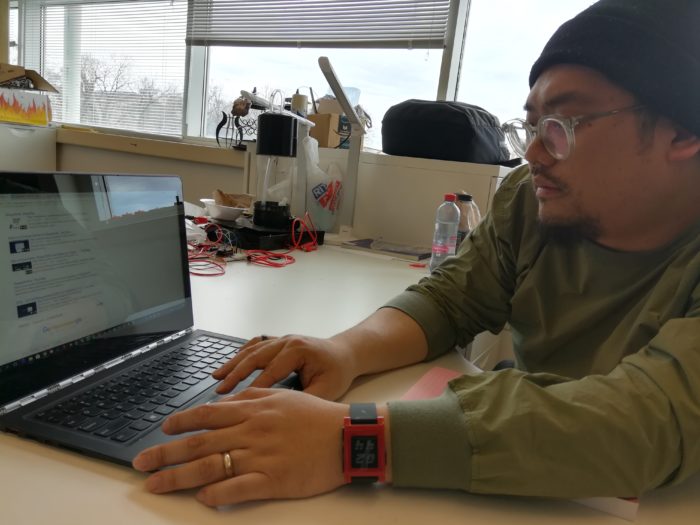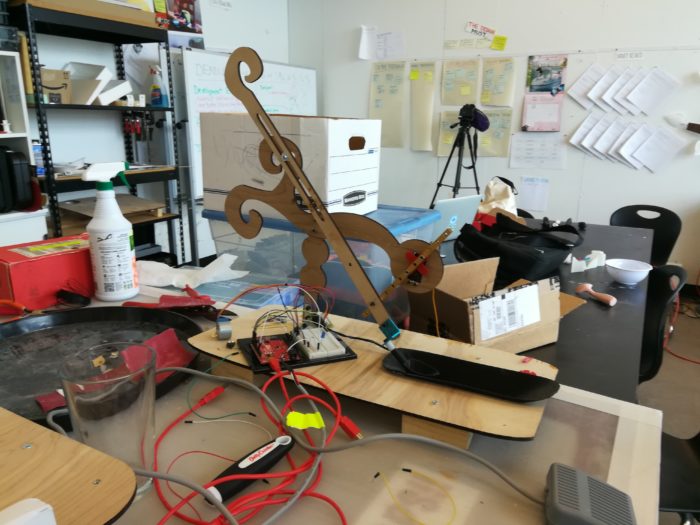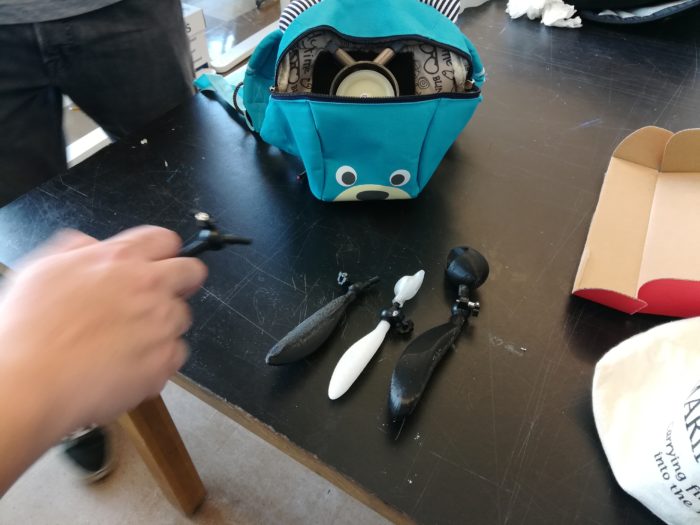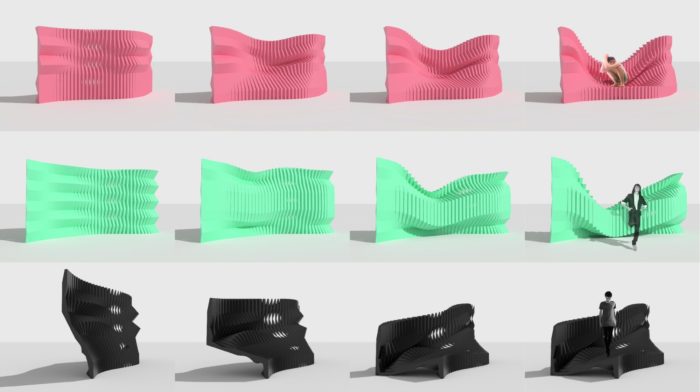I first heard about HyperCell technology when Diana Milburn, who does media relations for the University of Delaware’s arts college, brought up one of its new assistant professors.
“He’s working on a technology that would eliminate doors,” she said. “If you want a door, the wall will just open up. If you want a window, a window opens up. Then it’s gone.”
Wait. What???
That assistant professor is Dr. Jia-Rey (Gary) Chang, and what Milburn described that day at a Pitch the Press session is exactly what he’s working on: Smart-home technology for the future, where smart walls automatically alter the size and shape of a space as needed. A wall turning into a desk, chair or bed, and, yes, they might even make an opening for you to walk through.
This type of technology is still very young — HyperCell, as it’s called, is a work in progress, not tech you’ll be installing and connecting to Alexa next year.
But it is a glimpse into the potential future of smart tech, where architecture actually responds to its users. It’s a kind of design that focuses more on the principles than the final form. Like a box of Legos, the structural possibilities are endless.
“It’s architecture as a living thing,” Chang told Technical.ly Delaware. “It adapts to its environment.”
The concept isn’t as new as it might seem. In the 1950s and ’60s, visionary architects like Cedric Price — best known for designing the iconic Snowdon Aviary at London Zoo — envisioned a building responsive to visitors’ needs when he designed his “Fun Palace,” a never-completed “anti-building” that was to be an unenclosed steel structure overlooking the Thames with movable walls, floors, stairs and ceiling modules.
“They had the ideas, but now we have the technology to really do it,” Chang said.

Taiwan-born Chang recently completed his Ph.D. at Delft University of Technology in the Netherlands, before landing the position at UD’s Interaction Design Lab, where master’s students take on projects that are more about making changes to the present.
Through a partnership with A.I. Dupont/Nemours Hospital for Children, they are designing projects for children with arthrogryposis multiplex congenita (AMC) and other dexterity issues. Students focus on the movements the patients are able to do designing products around those abilities to help patients complete everyday tasks.

“When people think of ‘interactive’ design, they usually think of web and mobile apps,” he says. “We’re making tangible objects. Things you can interact with in the world.”
Chang has made his 262-page Ph.D. dissertation “HyperCell: A Bio-inspired Design Framework for Real-time Interactive Architectures” available in PDF form, for those interested in learning more about the technology.








